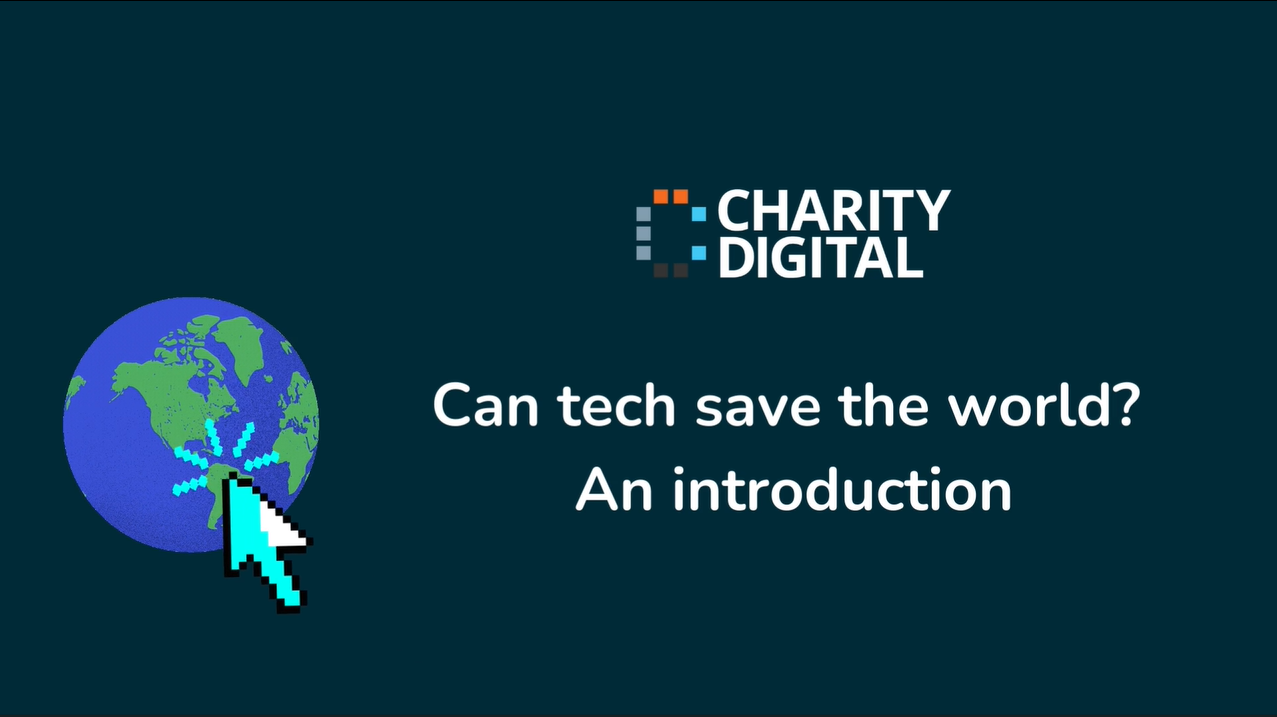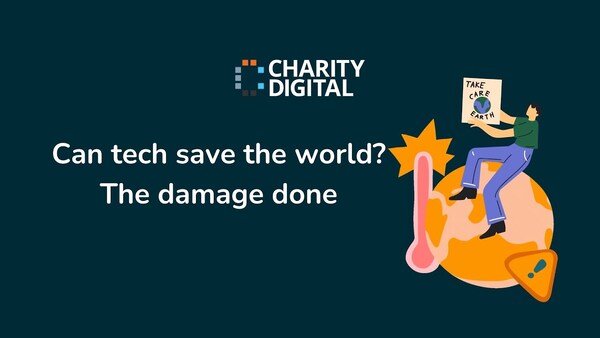Insights
INSIGHTS
All Topics
My Account
Top tips and tricks for speaking on a panel
07 Mar 2024by Christine Chiu
Panel discussions can feel a bit daunting. Our top tips and tricks aim to give speakers confidence
Being chosen as a panellist means others recognise your expertise. Take a deep breath. Now that you’ve been chosen to speak on a panel, it’s time to prepare. Below we offer our top tips and tricks to give you confidence and help you stand out.
Understand the audience
Ahead of the event, ensure that you’re aware of the outcomes of the audience segmentation process. Master who the ideal audiences are, so you can tailor your language and tone. Better yet, target donors while you speak.
Ask for the questions in advance
There’s nothing like being prepared. Request that the event organisers circulate questions and panel content. Draft your answers, not to memorise but to inform your discussion on the day, to arm you with information to rely upon. Our top tip here is to add a bit of personal flare. Audiences will want to draw from personal and professional experiences.
Prepare questions adjacent to the topic
Remember that being a panellist is more than a Q&A session. There will likely be opportunities to discuss tangential topics. Take this as an opportunity to expand on the charity or your own vantage point. Audiences will want to know about your stance.
Do your homework on the other panellist
Charity organisations and their staff are well connected in industry associations. But panellists will not know everyone. LinkedIn will provide good professional background, whereas X and other social media sites may reveal personal views. Use both to anticipate how the other panellists will respond and consider referencing their work in your answers, if applicable.
Prepare statistics as soundbites
Planning what to say is part of the role of the panellist. To do it properly, take a few notes. Second Nature UK says: “Facts and figures are good, and you should have a couple of recent statistics to back up your arguments and reinforce your point too.” To really bring home the perspective, statistics work when put into context. Show audiences that each donation helps so many or protects so many acres of land.
Prep the night before
No matter how experienced at speaking you are, remember to spend a few minutes the evening before to review. LinkedIn’s blog on nervous panellist tips suggests that 15 minutes the night before the panel discussion works wonders. Things may appear more clearly the next day.
Share the event
As with any charity event, share the details on social media and your website. Include the date, registration details, and information around the topic and panellists. Drum up excitement by counting down to the date.
Test your tech
Rehearse answering the panel question with the speakers, internet connection, and earphones that will be used. For virtual events, make sure that lighting, digital background, and any other props are in place. Check out our quick guide on charity videos.
Make your virtual bio available
For virtual events, ensure that your biography, title, and contact details are displayed. Audiences should be able to match off what you’re saying with who you are. For in person events, loiter after the engagement to meet with audiences.
Create controversy
One of the top tips here for an engaging conversation is to stir the pot. HubSpot recommends manufacturing a bit of acrimony. They say: “Find an opportunity to disagree with another panellist to spice it up, get the crowd engaged, and get the dialogue rolling.”
Dress for the occasion
For in-person and virtual events, take care to dress professionally. Putting on a crisp shirt or suit ensures that psychologically you are in the workplace.
Record the session
As part of the social media policy, record the event. You’ll want to post online after the event in case anyone missed it. Keep it as part of the cache of media for future use. Ideas include #throwbackthursday or other visits to the past.
Ensure accessibility
Closed captioning for videos broadens the potential reach of the event. YouTube and Instagram offer built in-captioning. For recorded videos, captioning files can be also be tacked onto the media – VEED’s video production services work on a shoestring budget.
Transition from other speakers
Know how to link your own content with others. Training Industry recommends paraphrasing the previous speaker and linking it with new content. They suggest that recapping what’s been said and then comparing and contrasting with new views works best for virtual. For in-person events, speak directly to other members of the event.
Invite questions from the audience
Whether ahead of the event or during, ask audiences for their thoughts as part of the interactive media. Platforms like Slido allow audiences to enter the conversation. The software then raises ‘liked’ commentary to the top of the feed in real time. Moderators can then read out the questions and deal with them accordingly.
Our Events
Charity Digital Academy
Our courses aim, in just three hours, to enhance soft skills and hard skills, boost your knowledge of finance and artificial intelligence, and supercharge your digital capabilities. Check out some of the incredible options by clicking here.


















